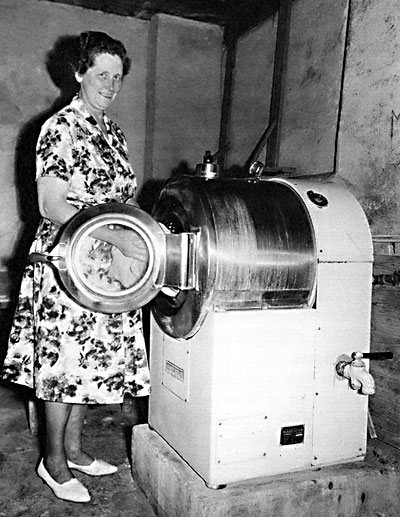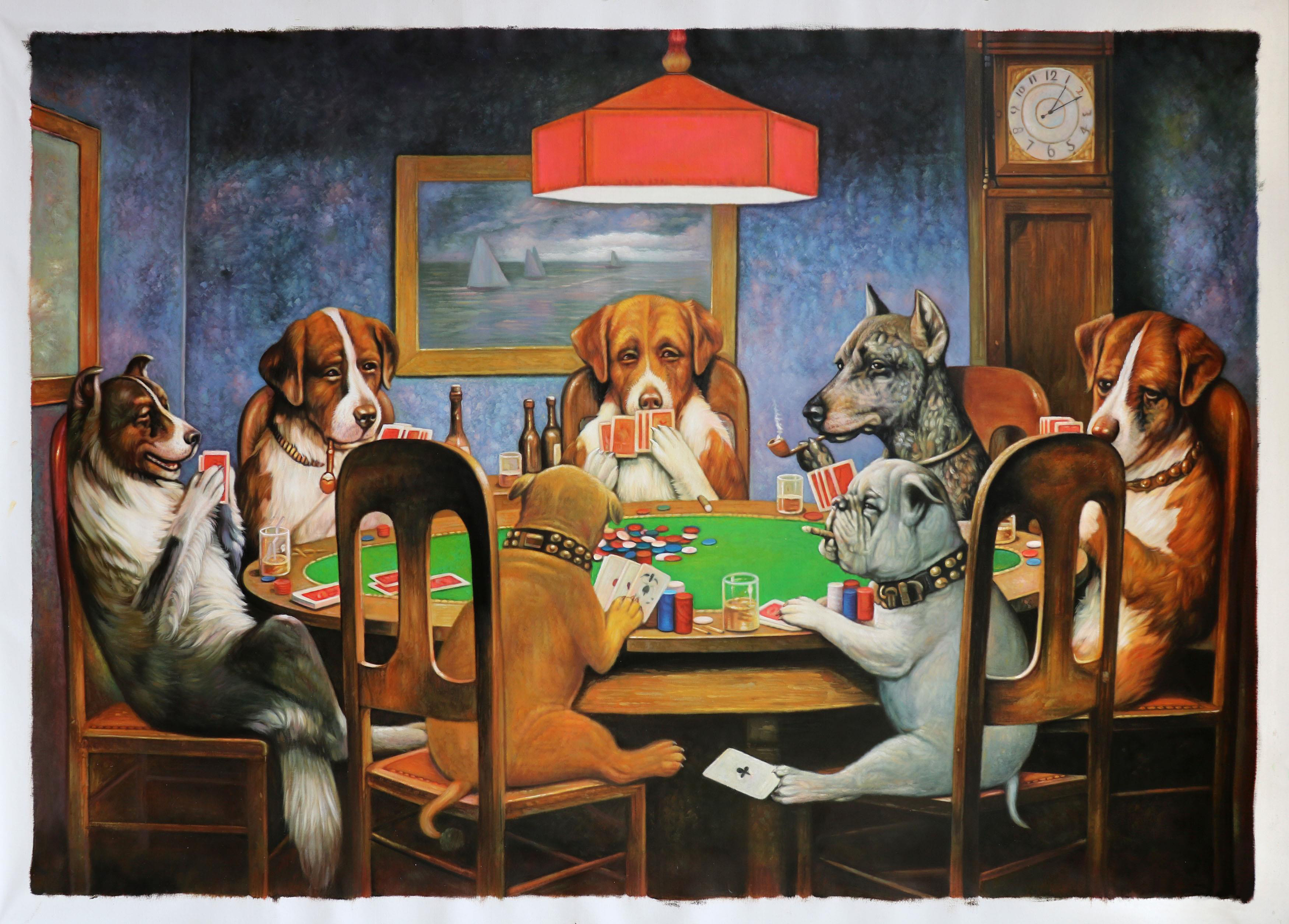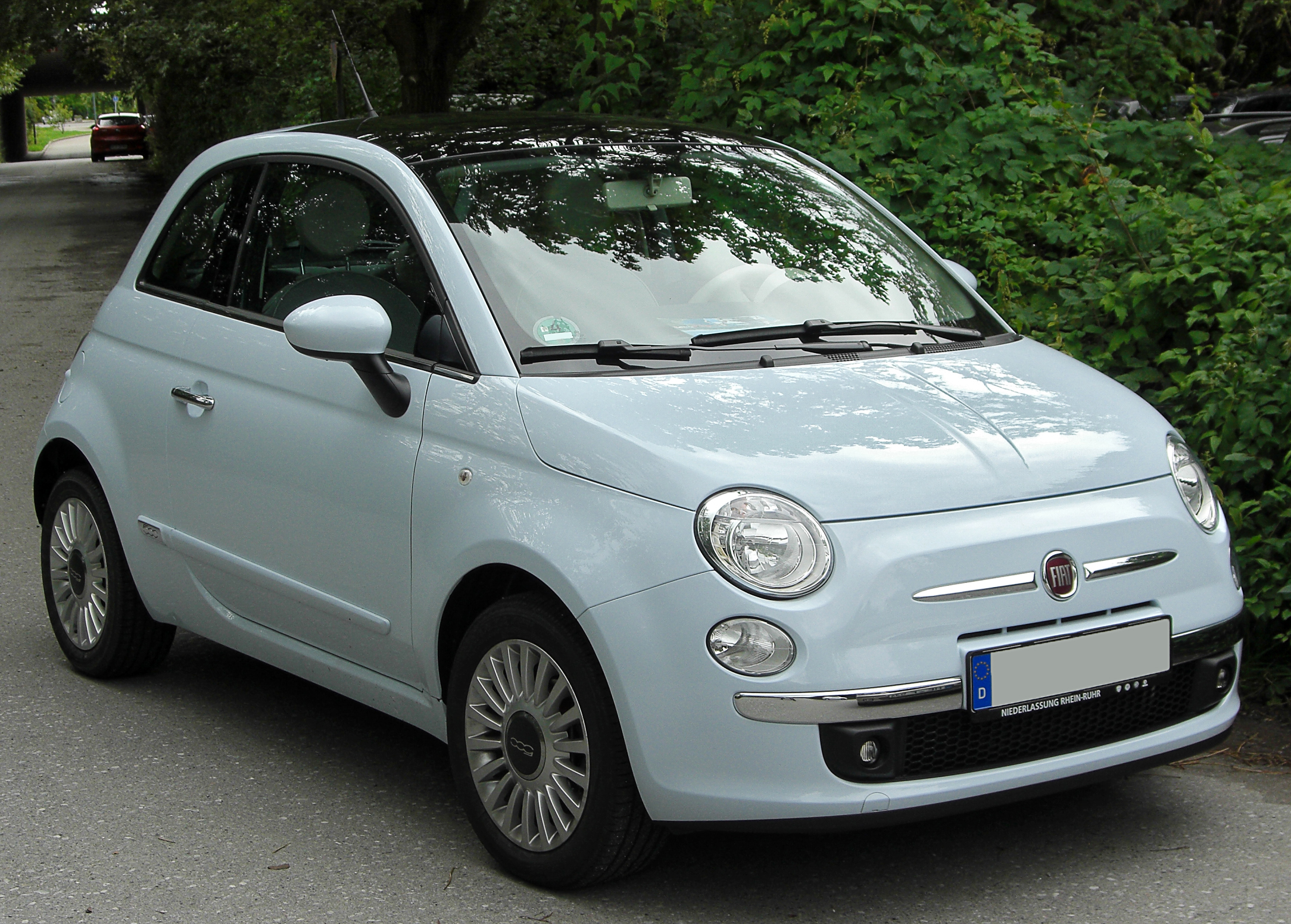|
Bedazzler
The Bedazzler is a home appliance which is used to fasten rhinestones, studs and patches to clothes and different fabrics. History The Bedazzler was first introduced in the 1970s as a direct marketing product. It was developed by NSI Innovations in the United States. It is promoted through TV infomercials, most recently by Tana Goertz of "The Apprentice" fame. Currently, DRTV company SAS Group, Inc. owns the rights to the product. Ron Popeil sold a similar product under Ronco, his groundbreaking, successful DRTV company called the, "Ronco Rhinestone Stud Setter". Recently, the product was owned by TV marketer Avram C. Freedberg. Description The Bedazzler is a plastic device, similar to a stapler. The base has a circular wheel (a "Tiffany setting") opposite the plastic applicators ("plungers"). The device allows users to add various rhinestones and other assorted studs to fabrics and similar materials. Reception The Bedazzler was voted #100 in the Top 100 Gadgets of all tim ... [...More Info...] [...Related Items...] OR: [Wikipedia] [Google] [Baidu] |
Home Appliance
A home appliance, also referred to as a domestic appliance, an electric appliance or a household appliance, is a machine which assists in household functions such as cooking, cleaning and food preservation. Appliances are divided into three types: small appliances, major appliances (also known as white goods) and consumer electronics (brown goods). Definition Given a broad usage, the domestic application attached to home appliance is tied to the definition of appliance as "an instrument or device designed for a particular use or function". More specifically, Collins English Dictionary defines "home appliance" as: "devices or machines, usually electrical, that are in your home and which you use to do jobs such as cleaning or cooking". The broad usage, afforded to the definition allows for nearly any device intended for domestic use to be a home appliance, including consumer electronics as well as stoves, refrigerators, toasters and air conditioners. History While many ap ... [...More Info...] [...Related Items...] OR: [Wikipedia] [Google] [Baidu] |
Rhinestone
A rhinestone, paste or diamante is a diamond simulant originally made from rock crystal but since the 19th century from crystal glass or polymers such as acrylic. Original Originally, rhinestones were rock crystals gathered from the river Rhine, hence the name, although some were also found in areas like the Alps, but today the name "rhinestone" applies only to varieties of lead glass known as crystal glass. The availability was greatly increased in the 18th century when the Alsatian jeweller Georg Friedrich Strass had the idea to imitate diamonds by coating the lower side of lead glass with metal powder. Hence, rhinestones are called ''strass'' in many European languages. As opposed to the classic rhinestones, which had a metal powder coating on the bottom side only, several companies have opted to mass-produce iridescent lead glass, by reducing the metal coating thickness and applying it uniformly, not using metal powder with a binder but by applying various forms of met ... [...More Info...] [...Related Items...] OR: [Wikipedia] [Google] [Baidu] |
Shirt Stud
A shirt stud is a decorative fastener that fits onto a buttonhole on the front of a pleated shirt, or onto the starched bib of a stiff-front shirt. Such shirts have special buttonholes solely for shirt studs. A shirt stud may be fashioned from alloys, precious metals, and gemstones—materials uncommon to buttons sewn on shirts. The stud may have an inlay, such as of pearl or onyx. Dress code of the modern western world reserves shirt studs for men's formal wear and some semi-formal occasions. In the western world, shirt studs were first used in the mid-19th century, when some shirt fronts were too stiff to close with buttons. So remains the case for the heavily starched, modern full dress shirts worn with white tie. See also *Bachelor button (sewing) * Stonesetting * Tie pin A tie pin (or tiepin, also known as a stick pin/stickpin) is a neckwear-controlling device, originally worn by wealthy English gentlemen to secure the folds of their cravats. History 19th centu ... [...More Info...] [...Related Items...] OR: [Wikipedia] [Google] [Baidu] |
Direct Marketing
Direct marketing is a form of communicating an offer, where organizations communicate directly to a pre-selected customer and supply a method for a direct response. Among practitioners, it is also known as ''direct response marketing''. By contrast, advertising is of a mass-message nature. Response channels include toll-free telephone numbers, reply cards, reply forms to be sent in an envelope, websites and email addresses. The prevalence of direct marketing and the unwelcome nature of some communications has led to regulations and laws such as the CAN-SPAM Act, requiring that consumers in the United States be allowed to opt-out. Overview Intended targets are selected from larger populations based on vendor-defined criteria, including average income for a particular ZIP code, purchasing history and presence on other lists. The goal is "to sell directly to consumers" without letting others "join (the) parade." Popularity A 2010 study by the Direct Marketing Associatio ... [...More Info...] [...Related Items...] OR: [Wikipedia] [Google] [Baidu] |
United States
The United States of America (U.S.A. or USA), commonly known as the United States (U.S. or US) or America, is a country primarily located in North America. It consists of 50 states, a federal district, five major unincorporated territories, nine Minor Outlying Islands, and 326 Indian reservations. The United States is also in free association with three Pacific Island sovereign states: the Federated States of Micronesia, the Marshall Islands, and the Republic of Palau. It is the world's third-largest country by both land and total area. It shares land borders with Canada to its north and with Mexico to its south and has maritime borders with the Bahamas, Cuba, Russia, and other nations. With a population of over 333 million, it is the most populous country in the Americas and the third most populous in the world. The national capital of the United States is Washington, D.C. and its most populous city and principal financial center is New York City. Paleo-Americ ... [...More Info...] [...Related Items...] OR: [Wikipedia] [Google] [Baidu] |
Infomercials
An infomercial is a form of television commercial that resembles regular TV programming yet is intended to promote or sell a product, service or idea. It generally includes a toll-free telephone number or website. Most often used as a form of direct response television (DRTV), they are often ''program-length commercials'' (long-form infomercials), and are typically 28:30 or 58:30 minutes in length. Infomercials are also known as paid programming (or teleshopping in Europe). This phenomenon started in the United States, where infomercials were typically shown overnight (usually 1:00 a.m. to 6:00 a.m.), outside peak prime time hours for commercial broadcasters. Some television stations chose to air infomercials as an alternative to the former practice of signing off, while other channels air infomercials 24 hours a day. Some stations also choose to air infomercials during the daytime hours, mostly on weekends, to fill in for unscheduled network or syndicated programming. By ... [...More Info...] [...Related Items...] OR: [Wikipedia] [Google] [Baidu] |
The Apprentice (American TV Series)
''The Apprentice'' is an American reality television program that judges the business skills of a group of contestants. It has run in various formats across fifteen seasons since January 2004 on NBC, with the most recent season having run in 2017. ''The Apprentice'' was created by British television producer Mark Burnett. Billed as "The Ultimate Job Interview," the show features fourteen to eighteen business people who compete over the course of a season, with usually one contestant eliminated per episode. Contestants are split into two "corporations" (teams), with one member from each volunteering as a project manager on each new task. The corporations complete business-related tasks such as selling products, raising money for charity, or creating an advertising campaign, with one corporation selected as the winner based on objective measures and subjective opinions of the host and his advisors who monitor the teams' performance on tasks. The losing corporation attends a boardr ... [...More Info...] [...Related Items...] OR: [Wikipedia] [Google] [Baidu] |
Ron Popeil
Ronald Martin Popeil (; May 3, 1935 – July 28, 2021), was an American inventor and marketing personality, and founder of the direct response marketing company Ronco. He made appearances in infomercials for the Showtime Rotisserie and coined the phrase "Set it, and forget it!" as well as popularizing the phrase, "But wait, there's more!" on television as early as the mid-1950s. Personal life and career Popeil was born to a Jewish familyInterfaith Families: "Interfaith Celebrities: Why Pink is a Mixed Bag" By Nate Bloom. 2015 in Manhattan in 1935, the son of Julia (Schwartz) and Samuel Popeil. When he was six, his parents divorced and he and his brother went to live in Florida with their grandparents. At age 17 in 1952, he went with his grandparents to wor ... [...More Info...] [...Related Items...] OR: [Wikipedia] [Google] [Baidu] |
Avram C
Abraham, ; ar, , , name=, group= (originally Abram) is the common Hebrew patriarch of the Abrahamic religions, including Judaism, Christianity, and Islam. In Judaism, he is the founding father of the special relationship between the Jews and God; in Christianity, he is the spiritual progenitor of all believers, whether Jewish or non-Jewish; and in Islam, he is a link in the chain of Islamic prophets that begins with Adam (see Adam in Islam) and culminates in Muhammad. His life, told in the narrative of the Book of Genesis, revolves around the themes of posterity and land. Abraham is called by God to leave the house of his father Terah and settle in the land of Canaan, which God now promises to Abraham and his progeny. This promise is subsequently inherited by Isaac, Abraham's son by his wife Sarah, while Isaac's half-brother Ishmael is also promised that he will be the founder of a great nation. Abraham purchases a tomb (the Cave of the Patriarchs) at Hebron to be Sar ... [...More Info...] [...Related Items...] OR: [Wikipedia] [Google] [Baidu] |
Mobile Magazine
''Mobile Magazine'' is an online publication which started in December 2000. The magazine covers mobile technology, including notebook computers, mobile phones, personal digital assistants, MP3 players, digital cameras, mobile gaming, and other portable electronics and computing devices as well as automotive technology. ''Mobile Magazine'' is a registered trademark with the USPTO and CIPO, in the USA and Canada respectively, and owned by Navneet Narula. In June 2005, "Mobile PC" published by Future Network USA changed their name to "Mobile". A cease and desist order on the use of the confusingly similar magazine name and website domain MobileMagazine.com was sent to Future Network USA. The print publication "Mobile" ceased publication as of November 2005 due to undetermined reasons and the domain name MobileMagazine.com was transferred to Pilato Private Consulting. Outstanding subscriptions to ''Mobile PC'' were fulfilled by subscriptions to ''Maximum PC ''Maximum PC'', form ... [...More Info...] [...Related Items...] OR: [Wikipedia] [Google] [Baidu] |
Kitsch
Kitsch ( ; loanword from German) is a term applied to art and design that is perceived as naïve imitation, overly-eccentric, gratuitous, or of banal taste. The avant-garde opposed kitsch as melodramatic and superficial affiliation with the human condition and its natural standards of beauty. In the first half of the 20th century, kitsch referred to products of pop culture that lacked the depth of fine art. However, since the emergence of Pop Art in the 1950s, kitsch is sometimes re-appreciated in knowingly ironic, humorous or earnest fashion. To brand visual art as "kitsch" is often still pejorative, though not exclusively. Art deemed kitsch may be enjoyed in an entirely positive and sincere manner. For example, it carries the ability to be quaint or "quirky" without being offensive on the surface, as in the ''Dogs Playing Poker'' paintings. Kitsch can refer to music, literature, or any work, and relates to camp, as they both incorporate irony and extravagance. Hi ... [...More Info...] [...Related Items...] OR: [Wikipedia] [Google] [Baidu] |
Retro
Retro style is imitative or consciously derivative of lifestyles, trends, or art forms from history, including in music, modes, fashions, or attitudes. In popular culture, the "nostalgia cycle" is typically for the two decades that begin 20–30 years ago. Definition The term ''retro'' has been in use since 1972 to describe on the one hand, new artifacts that self-consciously refer to particular modes, motifs, techniques, and materials of the past. But on the other hand, many people use the term to categorize styles that have been created in the past. Retro style refers to new things that display characteristics of the past. Unlike the historicism of the Romantic generations, it is mostly the recent past that retro seeks to recapitulate, focusing on the products, fashions, and artistic styles produced since the Industrial Revolution, the successive styles of Modernity. The English word ''retro'' derives from the Latin prefix ''retro'', meaning backwards, or in past times. In Fra ... [...More Info...] [...Related Items...] OR: [Wikipedia] [Google] [Baidu] |




.jpg)

